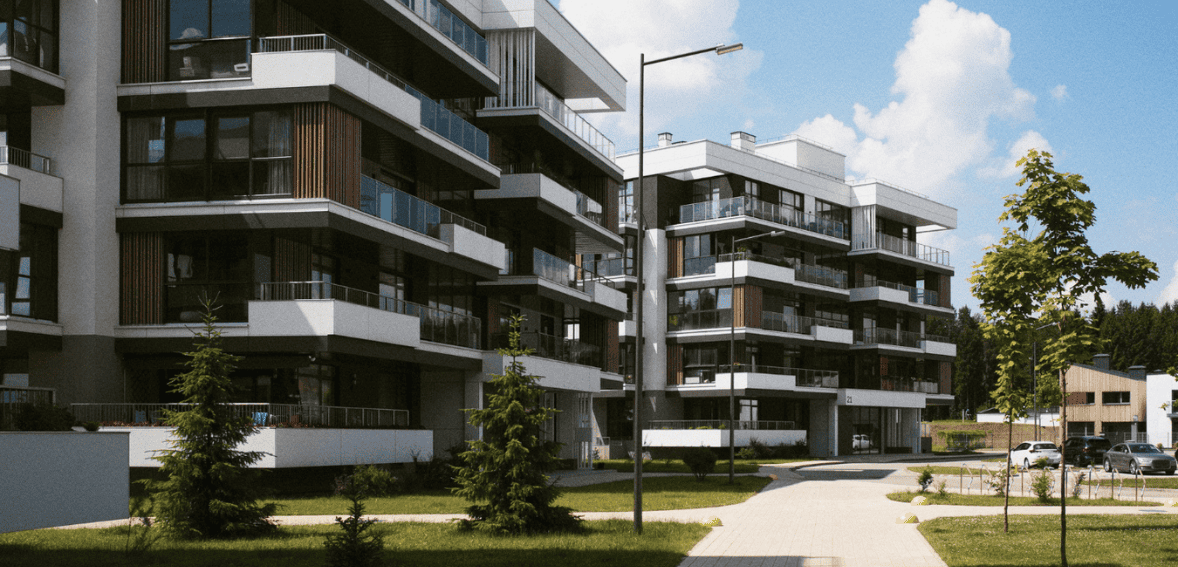7 Future-Forward Strategies for Integrating Routine and Emergency Maintenance
- August 21, 2024
- Mia Robinson
- Category: Property Management
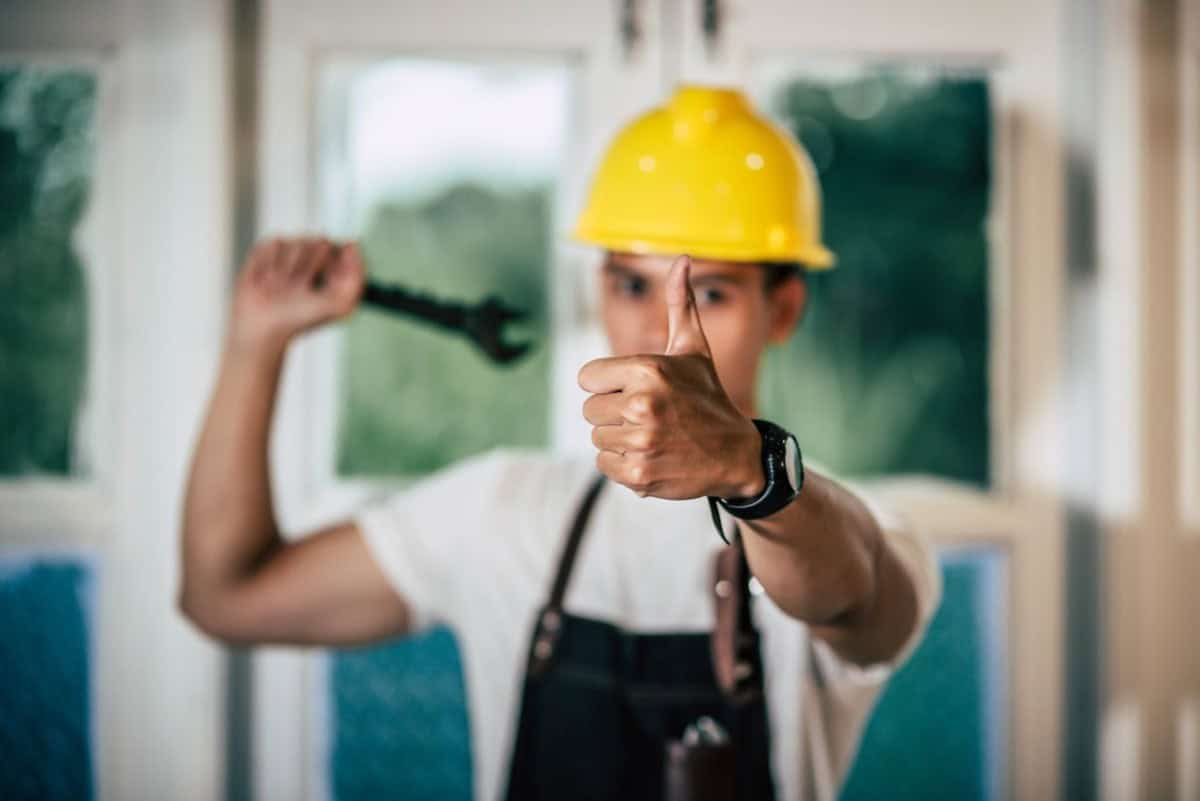
Routine and emergency maintenance is necessary for facilities to operate smoothly, especially in property management where planned upkeep and sudden repairs play major roles. Regular maintenance, usually planned and preventive, makes sure the system is in good condition, reducing the chances of breakdowns and expensive emergency repairs. Tasks such as seasonal care, regular inspections, and planned servicing, can help maintain the assets of the property well and for a longer time.
However, even after the benefits of routine maintenance, challenges exist when dealing with these planned tasks and the urgent need for emergency repairs. Emergency maintenance comes without warning and requires quick action to avoid further damage or downtime. The sudden nature of these emergencies can impact routine schedules, which can put a strain on resources and increase costs. Moreover, many facilities have issues with poor maintenance processes, and some companies face significant financial losses due to unplanned downtime.
The combination of routine and emergency maintenance practices prevents issues and creates a stronger maintenance framework. Using technology such as predictive analytics and real-time monitoring can help prepare for potential failures, which can prove useful for planning better and reducing disruptions. Having one maintenance management system can make routine and maintenance tasks seamless, ensuring that maintenance activities are coordinated for better operational efficiency.
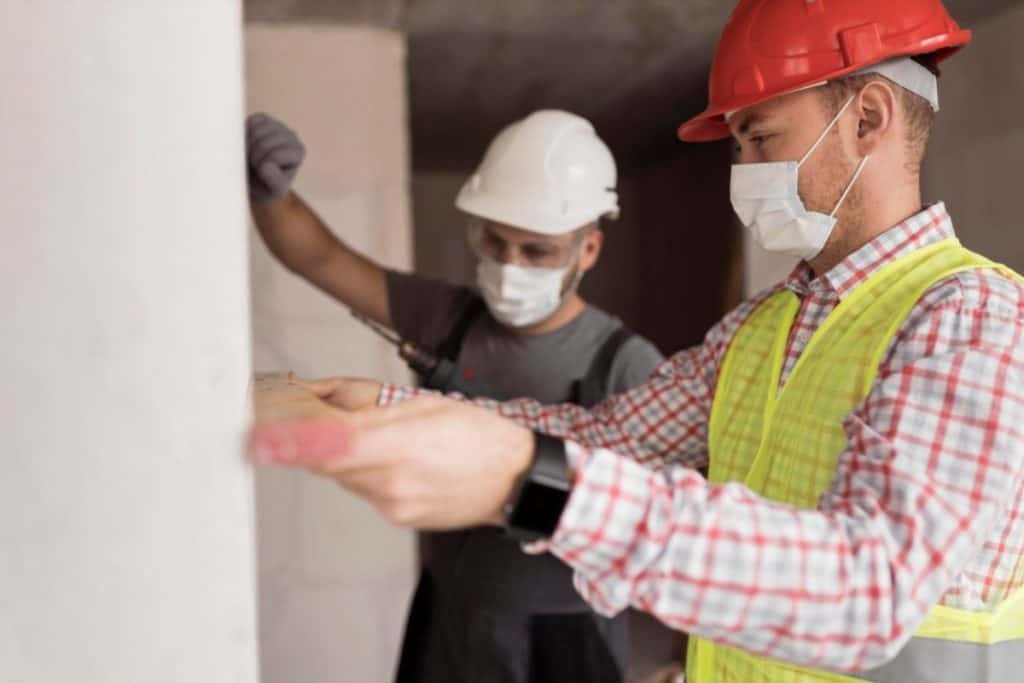
Leveraging Predictive Analytics for Proactive Maintenance
Predictive analytics plays a pivotal role in transforming how property maintenance is managed, particularly in integrating routine maintenance with emergency repairs. By leveraging data and advanced algorithms, predictive maintenance allows property managers to anticipate potential equipment failures before they occur, significantly reducing the likelihood of costly and disruptive emergency repairs.
In property maintenance, predictive analytics uses real-time data collected from sensors and monitoring systems installed in various equipment. This data, which includes information such as temperature, vibration, and pressure levels, is continuously analyzed to detect patterns and anomalies that may indicate an impending failure. For instance, a sudden increase in vibration or a drop in pressure could signal that a piece of equipment is nearing a breakdown. By identifying these signs early, maintenance teams can address issues proactively, scheduling routine maintenance before the problem escalates into an emergency.
The advantages of predictive analytics in property maintenance extend beyond just preventing equipment failures. This approach also optimizes seasonal upkeep by ensuring that maintenance activities are conducted only when necessary, rather than at fixed intervals. This approach not only saves time and resources but also prolongs the life of important assets by preventing unnecessary damage. In the end, using predictive analytics in maintenance plans helps property managers keep things running smoothly, reduce sudden breakdowns, and make maintenance more dependable and less expensive.
Adopting a Digital Twin Approach
A digital twin is a virtual replica of a physical asset, system, or process that is continuously updated with real-time data from sensors and other inputs. This digital counterpart mirrors the behavior and condition of the actual asset, allowing for detailed simulations and analysis. In property maintenance, digital twins are used to create dynamic models of buildings and their systems, enabling more accurate monitoring, forecasting, and decision-making.
Integrating Digital Twins into Maintenance Strategies: Integrating digital twins into maintenance strategies offers significant benefits for both routine and emergency maintenance. For routine maintenance, digital twins allow property managers to simulate and plan maintenance activities with greater precision, ensuring that tasks are performed at optimal times to minimize disruption. They also enhance seasonal upkeep by predicting when specific systems may require attention based on historical data and real-time conditions.
In urgent repair situations, digital twins offer a strong tool for quick problem identification and action. If a problem occurs, the digital twin can test different solutions and recommend the best one, which helps to cut downtime and avoid more harm. This forward-thinking method not only improves speed but also lowers the expenses linked to urgent repairs.
Challenges and Considerations: Despite their advantages, adopting digital twins in property maintenance does come with challenges. Developing accurate and functional digital twins requires significant upfront investment in technology and expertise. Additionally, ensuring that the digital twin remains an accurate reflection of the physical asset involves continuous data integration and updates. Overcoming these challenges often requires a phased approach, starting with simpler models and gradually building more complex and comprehensive digital twins as confidence in the technology grows.
By carefully planning and investing in the right tools, property managers can leverage digital twins to optimize both routine maintenance and emergency repairs, ultimately improving the efficiency and longevity of their assets.
Implementing IoT for Real-Time Monitoring
IoT has changed property maintenance for the better with real-time data that helps monitor the health of equipment and systems. IoT devices such as sensors and smart meters collect data on various factors — temperature, humidity, vibration, and energy consumption. This data is sent to a main system in real-time to detect any early signs of damage. With continuous monitoring, IoT allows property managers to carry out regular maintenance better and identify possible issues before they become costly emergency repairs.
In addition to enhancing routine maintenance, IoT plays a critical role in streamlining emergency responses. When a problem is detected—such as a sudden spike in temperature indicating a potential HVAC failure—IOT devices can trigger instant alerts to maintenance teams. These alerts, sent via email, SMS, or through a dedicated maintenance app, ensure that issues are addressed immediately, minimizing downtime and preventing further damage. This rapid response capability is particularly valuable in managing seasonal upkeep, where quick action can mitigate the impact of extreme weather conditions on property assets.
Enhancing Workforce Training with Augmented Reality (AR)
AR is transforming how maintenance teams are trained, offering an immersive and interactive way to develop critical skills. By overlaying digital information onto the real world, AR allows maintenance personnel to visualize complex systems, understand component functions, and practice repair procedures in a controlled environment. For property maintenance, this means that workers can gain hands-on experience with equipment before handling it in real-life scenarios. AR can simulate routine maintenance tasks, guiding technicians step-by-step through processes like equipment inspections and seasonal upkeep. This method of training not only improves comprehension and retention but also ensures that teams are better prepared for on-the-job challenges, reducing the likelihood of errors during actual maintenance activities.
AR’s utility extends beyond routine training to emergency scenarios, where it can be a game-changer in guiding maintenance teams through high-pressure situations. In the event of equipment failure, AR can provide real-time, context-sensitive information directly to technicians’ AR-enabled devices, such as smart glasses or tablets. For instance, in a situation where a repair needs to be done quickly, AR can show important information such as how the wires are connected, how much pressure is in the system, or how to fix the problem step by step, right in front of the person doing the repair. This quick access to information helps the repair team find and fix problems faster, which means things can get back to normal more quickly and there’s less chance of more damage happening. By using AR in these urgent repair situations, people who manage buildings can improve how they respond to problems, making sure their teams have the information and tools they need to deal with unexpected issues effectively.
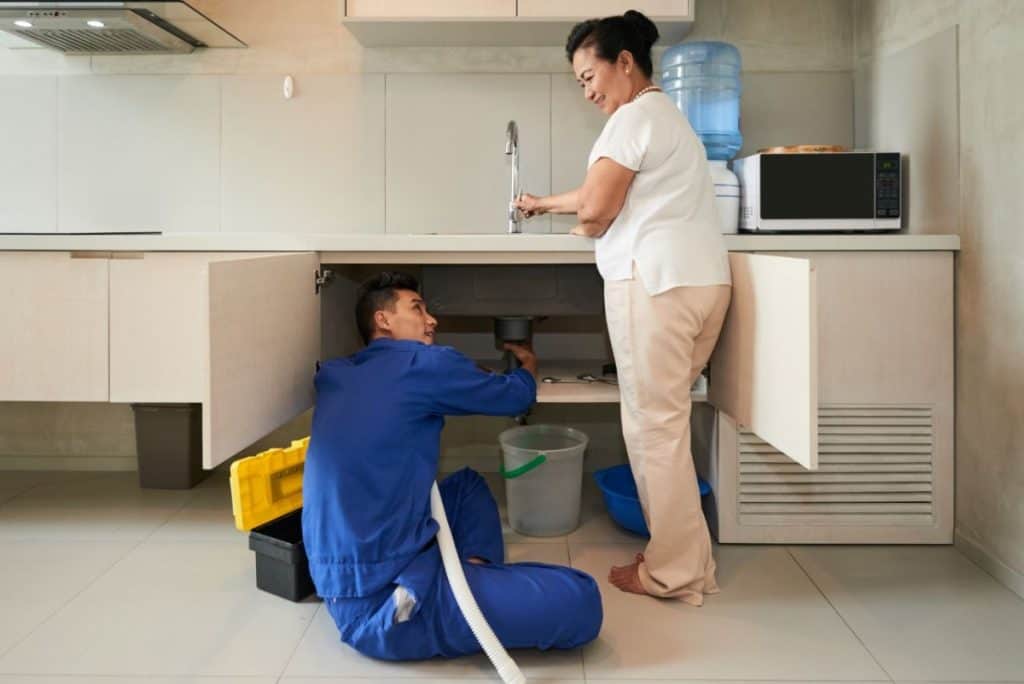
Creating a Unified Maintenance Platform
A centralized maintenance platform offers significant advantages for managing both routine maintenance and emergency repairs in property management. By consolidating all maintenance activities into a single system, property managers can streamline processes, reduce response times, and improve overall efficiency. This method keeps all information about maintenance, whether it’s regular checks or urgent fixes, in a single location. This makes it easier to monitor, report on, and make decisions about maintenance. Also, having a single system improves how maintenance teams talk to each other and work together, which lowers the chance of doing the same job twice or forgetting to do a maintenance check. This holistic view of maintenance activities also aids in budgeting and resource allocation, leading to cost savings and more effective seasonal upkeep.
Features to Look for in a Maintenance Management System
When selecting a unified maintenance platform, it’s essential to look for specific features that cater to both routine and emergency maintenance needs. Key features to consider include:
Real-Time Monitoring and Alerts: The system should provide real-time updates and alerts to quickly address any emerging maintenance issues.
Work Order Management: An intuitive work order system that allows for easy creation, assignment, and tracking of maintenance tasks.
Asset Management: Tools for tracking the condition and maintenance history of all property assets.
Scheduling and Preventive Maintenance: Automated scheduling for routine maintenance tasks and the ability to set up preventive maintenance plans.
Mobile Accessibility: The platform should be accessible from mobile devices to allow maintenance teams to update and access information on the go.
Reporting and Analytics: Robust reporting features to analyze maintenance performance and make data-driven decisions.
Integration Capabilities: The ability to integrate with other systems, such as IoT devices, for enhanced monitoring and automation.
A well-chosen maintenance management system with these features can greatly enhance the effectiveness of property maintenance, ensuring that both routine and emergency tasks are handled efficiently and cost-effectively.
The Role of AI in Integrating Maintenance Strategies
AI is transforming property maintenance by making maintenance schedules much more effective and deciding which tasks have to be done first with accuracy. AI can predict when and where maintenance is required the most with huge amounts of data from the sensors, historical records, and real-time monitoring systems. This ability to predict helps property managers plan routine maintenance tasks better, which reduces the chances of equipment failures and makes sure resources are used well. AI can decide which tasks are important based on urgency and impact, making sure that critical systems get fixed first while less urgent issues are planned for later. AI makes maintenance operations more streamlined, saves time, and reduces costs.
Balancing routine maintenance with the unpredictable nature of emergency repairs is a common challenge in property management. AI addresses this by continuously monitoring the condition of assets and adjusting maintenance plans in real time. When an anomaly is detected—such as unusual vibration in an HVAC system—AI can instantly trigger an emergency repair task while simultaneously adjusting the routine maintenance schedule to accommodate this unexpected event. This dynamic adjustment ensures that routine maintenance does not fall by the wayside due to emergencies, maintaining overall system reliability. Moreover, AI’s ability to learn from past events allows it to refine maintenance strategies over time, improving the balance between planned upkeep and reactive repairs. This approach not only enhances the efficiency of seasonal upkeep but also extends the lifespan of critical assets, ensuring a more resilient and cost-effective property management system.
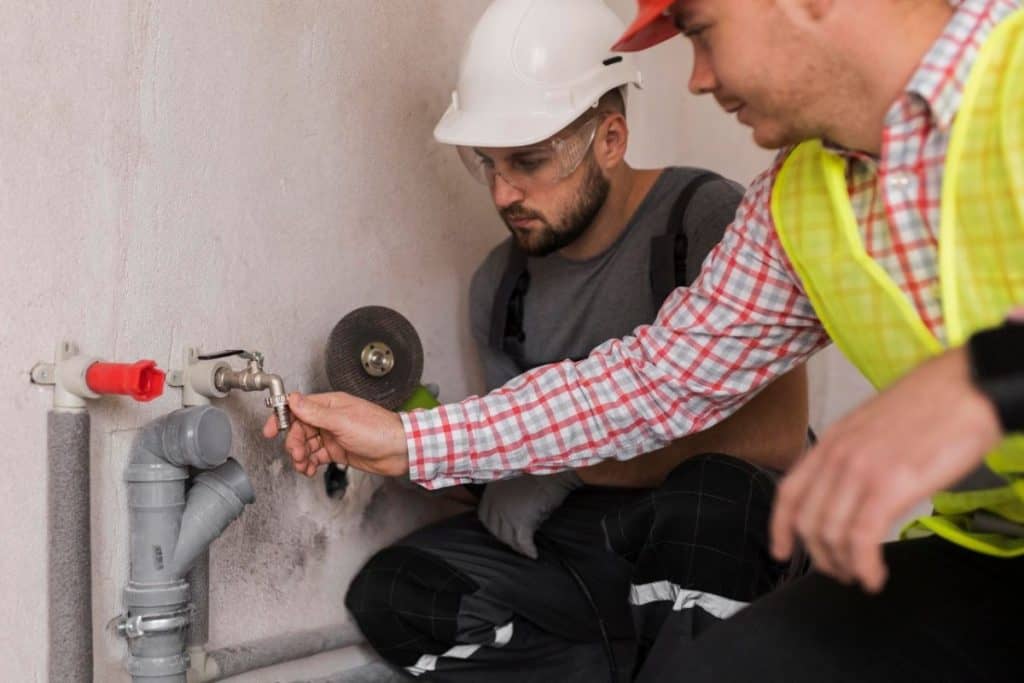
Building a Culture of Continuous Improvement
Fostering a culture of continuous improvement in property maintenance is essential for staying competitive and ensuring long-term success. This culture emphasizes the importance of regularly evaluating and upgrading maintenance practices, embracing new technologies, and being open to innovative strategies. In a field where routine maintenance and emergency repairs are critical, adopting cutting-edge solutions like predictive analytics, IoT, and AI can significantly enhance operational efficiency. Encouraging a mindset of innovation among maintenance teams ensures that they remain proactive rather than reactive, which not only improves system reliability but also reduces costs associated with emergency repairs and seasonal upkeep.
Several companies have successfully integrated continuous improvement into their maintenance culture, setting examples for others to follow. For instance, Siemens has adopted a proactive maintenance approach by implementing digitalization and predictive maintenance across its facilities. This strategy has allowed Siemens to reduce unexpected downtime and optimize maintenance schedules, leading to significant cost savings and enhanced asset performance.
Another example is General Electric (GE), which has combined the Internet of Things (IoT) and data analysis into its maintenance activities. GE’s Predix platform allows for real-time monitoring and predictive maintenance, assisting the company in predicting equipment breakdowns and making emergency repairs more efficient. By constantly improving their maintenance methods, these industry leaders have shown the importance of a culture that supports ongoing improvement and innovation.
Conclusion
It is necessary to combine routine maintenance with emergency repairs as maintenance approaches change for better efficiency and reduced costs. New trends like AI-driven decision-making, IoT for monitoring in real-time, digital twins, and continuous improvement will shape the future of property maintenance, which can make operations more responsive.



